Herzog family papers
The Herzog family papers include photographs, correspondence, and a birth certificate documenting the Herczog family from Érsekújvár (now Nové Zámky, Slovakia, formerly in Czechoslovakia and Hungary) and from Nagybörzsöny, Hungary. The collection includes correspondence and postcards written to Tibor (Avigdor) Herczog in the Hungarian forced labor camps in Köszeg and Ripinye (now Repenye, Ukraine) between October 1943 and February 1944, as well as letters from family members in Italy (Fiume and Trieste) and Palestine. The collection also includes pre-war and post-war Herczog and Bacsi family photographs and a birth certificate for Jakab Herczog. Dr. Avigdor (Tibor) Herzog was born on June 14, 1922 in Érsekújvár, Czechoslovakia (now Nové Zámky, Slovakia). He is the oldest son of merchant Moritz Mor Herczog (b. June 30, 1889 in Szete) and Gisela Herczog (d. 1928). Avigdor’s younger sister, Marinka (Chana Sara) was born on October 4, 1925 in Csuz. Mor Herczog remarried in 1929 to Matilde Taube Goldstein, and their son Matias Martin was born in 1933. Mor Herczog served in the Austro-Hungarian Army during World War I as a military hospital administrator. Avigdor’s grandparents Jakab and Zuni Herczog lived in Nagybörzsöny. Érsekújvár was a small town with 3,000 inhabitants including about 30 Jewish families. Avigdor attended the local Jewish school in the mornings and “cheder” in the afternoons for religious and Hebrew studies. He was unable to complete the local four-year gymnasium due to the high cost. In March 1938 Érsekújvár and its vicinity were annexed to Hungary. In 1940 Avigdor moved to a new small boarding school in Budapest where Jewish orthodox boys could learn a profession. Avigdor studied carpentry and learned how to play piano. In 1942 Avigdor started to work as a carpenter in Budapest. In October 1943 Avigdor was forced into a labor camp in Kőszeg with fifty Jewish young men. On Yom Kippur, October 9th, they were ordered to wear a yellow armband marking them as Jews. His family brought him kosher meat from home, 180 km away. In January 1944 Avigdor’s group was sent 870 km east to Carpathian-Russia to the empty Jewish village Repynne. The labor group built anti-tank ditches along the Árpád Line. Avigdor was chosen for a woodworking workshop with few tools and then moved to Toronya where he arranged a carpenter’s workshop in an empty Jewish house. He received correspondence from home regularly until April 1944. The labor battalion was moved from place to place every day or two, but when they were scheduled to board a train for Germany, Avigdor decided to escape. He hid in a haystack on a farm for three days in the middle of a battlefield, and the farmer brought him a bottle of water afterwards. The Soviet Army entered the area and assigned Avigdor to work in their office in the military camp. The conditions were miserable, and there was no food. In December 1944 the Soviets transferred him to Russia. When his group arrived in Veréce (Veryatsya, Ukraine), Avigdor followed some Jews who were escaping, not realizing the others had bribed a Soviet guard to look away. He was imprisoned with collaborators but released when the Soviets realized he was Jewish. He made his way to Mukachevo and met some friends returning from concentration camps. He resumed his Bnei Akiba activism working at the center in Bucharest and then working with Jewish youth in Budapest before their Aliyah to Palestine. In 1949 Avigdor left for Austria and Italy. He was reunited with his younger sister Marinka and then immigrated to Israel. He worked as a music teacher and then continued his education at the Hebrew University and in the United States. Dr. Avigdor Herzog became the head of the Department of Musicology at the Hebrew University, retiring in 1995, and lives near Jerusalem with his wife, fellow survivor Itza Ilona Weisz. He has two children, seven grandchildren, and at least one great grandchild. Avigdor’s father, Mor Herczog, was deported to Auschwitz, transferred to the Dachau sub-camp of Muhlberg, and died in January 1945. Avigdor’s beloved grandmother Zuni was murdered in Auschwitz-Birkenau in spring 1944. His stepmother Tauba Herczog and his younger brother Martin were murdered in Auschwitz-Birkenau about the same time.
- EHRI
- Archief
- us-005578-irn81985
- Herzog, Avigdor, 1922-
- Forced labor--Hungary.
- Correspondence.
Bij bronnen vindt u soms teksten met termen die we tegenwoordig niet meer zouden gebruiken, omdat ze als kwetsend of uitsluitend worden ervaren.Lees meer



